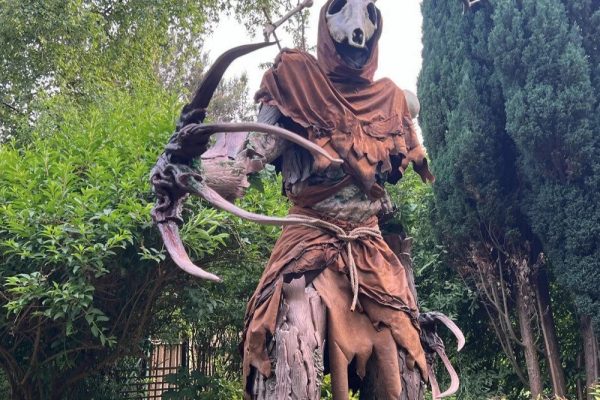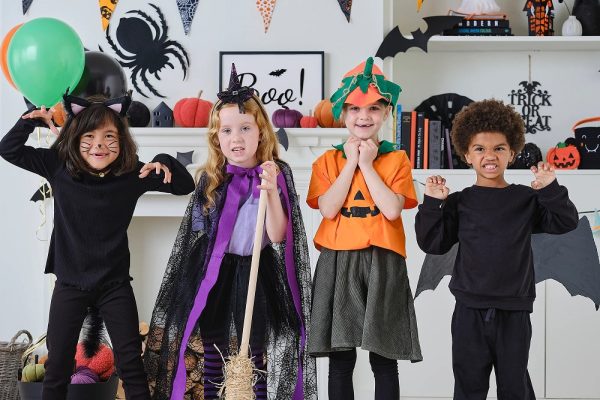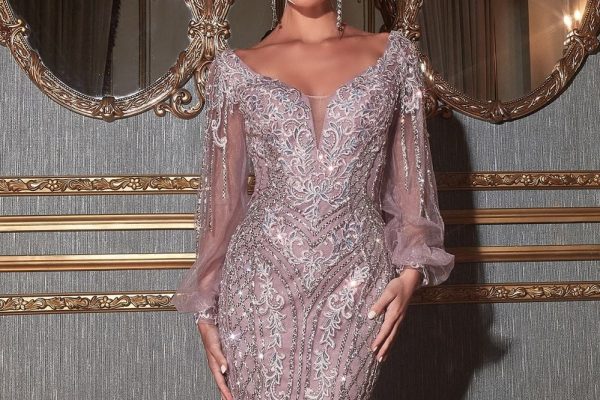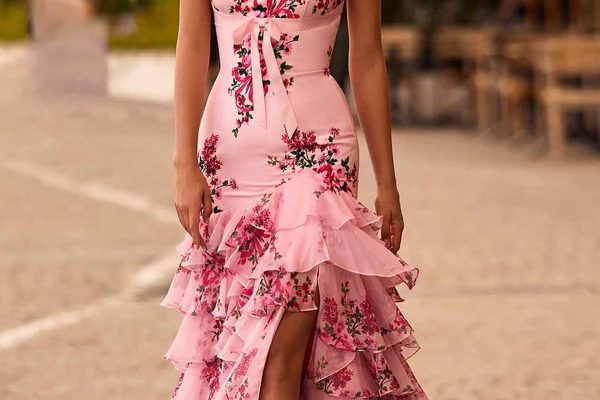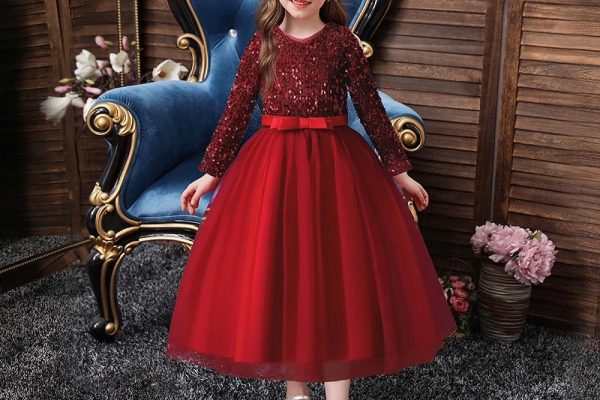Choosing the Right Formal Evening Dress
Finding the perfect formal evening dress sets the tone for your look. It’s important to consider the event’s requirements, your body type, and the dress material before making a decision. Let’s explore each factor in detail.
Understanding Dress Codes for Formal Events
Formal events often have specific dress codes you need to follow. Black-tie affairs typically require floor-length gowns or sophisticated cocktail dresses. White-tie events are more formal, calling for elegant evening gowns and sophisticated accessories. Always check the invitation for clues about the expected attire. If unsure, opt for a timeless formal gown to stay on the safer side.
Selecting a Dress That Suits Your Body Type
Choosing a dress that complements your body type enhances your overall look. Hourglass figures often look great in fitted dresses that highlight their curves. A-line dresses suit pear-shaped bodies by balancing out proportions. Strapless or v-neck dresses are flattering for those with broader shoulders. Understand your body shape and select a style that enhances your natural features.
Popular Fabrics for Evening Dresses
The fabric plays a huge role in creating an elegant feel. Satin and silk are popular choices due to their smooth finish and luxurious look. Velvet adds a touch of richness, perfect for colder seasons. Chiffon flows gracefully, making it ideal for more romantic styles. Sequined and lace materials are great for adding texture and visual interest. Choose a fabric based on the season and the event’s formality.
Selecting a formal evening dress doesn’t have to be overwhelming. Consider these tips to look and feel your best at any event.
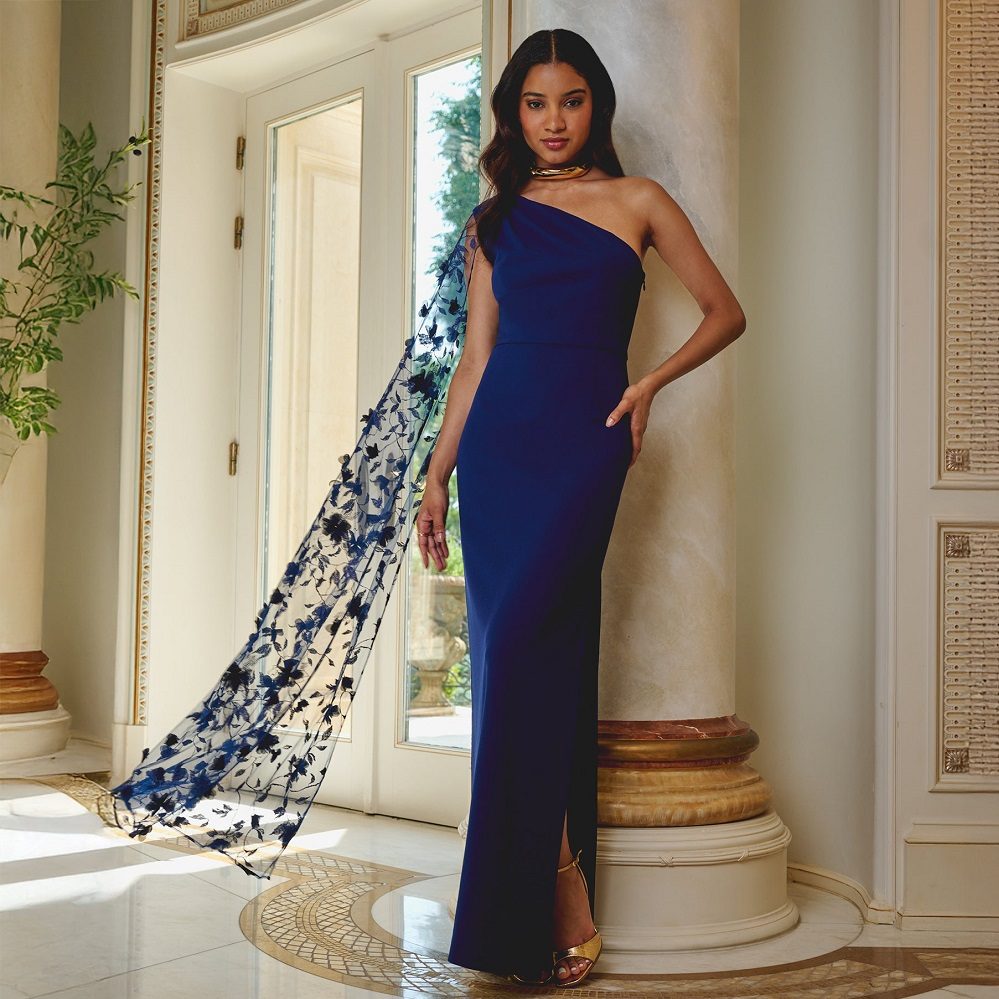
Styling Your Formal Evening Dress
Perfect styling can take your formal evening dress to the next level. Choosing the right accessories, footwear, and hairstyle is key to achieving a polished look. Let’s dive into these details to ensure you look stunning at your next formal event.
Accessorizing to Enhance Your Look
Accessories can elevate your formal evening dress effortlessly. Here are some tips to consider:
- Select Jewelry Wisely: Pair simple dresses with statement jewelry like a bold necklace or chandelier earrings. For elaborately designed gowns, choose minimal jewelry to avoid looking overdone.
- Carry a Suitable Clutch: Opt for a sleek clutch that matches your dress. Metallic tones like gold or silver complement most evening dresses.
- Add a Belt for Definition: A metallic or jeweled belt can enhance your waistline and add a touch of elegance.
- Don’t Forget a Shawl or Wrap: For colder evenings, choose a stylish shawl or wrap that matches your dress. Keep it lightweight and chic.
- Stay Balanced: Avoid overcrowding your look; balance is key when styling with multiple accessories.
Choosing the Perfect Footwear
Your choice of footwear should be both stylish and comfortable. It can make or break your outfit:
- Match the Dress Formality: For floor-length gowns, wear heels for a sophisticated touch. Stiletto or block heels work great.
- Neutral Tones Work Best: Nude or metallic tones often pair seamlessly with most evening dresses.
- Prioritize Comfort: Choose heels or shoes that you can wear comfortably for several hours.
- Add Sparkle for Glamour: Glittery or embellished shoes can add a dazzling effect, especially for simpler gowns.
- Check the Dress Length: Ensure your shoes peek slightly under long dresses for a balanced look.
Hairstyles That Complement Evening Dresses
The right hairstyle can highlight your dress and complete your overall look. Here’s how to pick a style:
- Updos for Sophistication: Bun or chignon hairstyles work best for dresses with intricate necklines.
- Loose Waves or Curls: This look suits strapless or sweetheart necklines for a romantic vibe.
- Side Swept Styles: Perfect for one-shoulder or asymmetrical dresses.
- Braids and Accessories: Add tiny braids or hairpins to enhance your hairstyle’s uniqueness.
- Match to the Event: Choose an elegant style for formal evenings and simpler looks for semi-formal events.
By focusing on accessories, footwear, and hairstyles, your formal evening dress will truly shine. These details help you achieve a cohesive and memorable look.
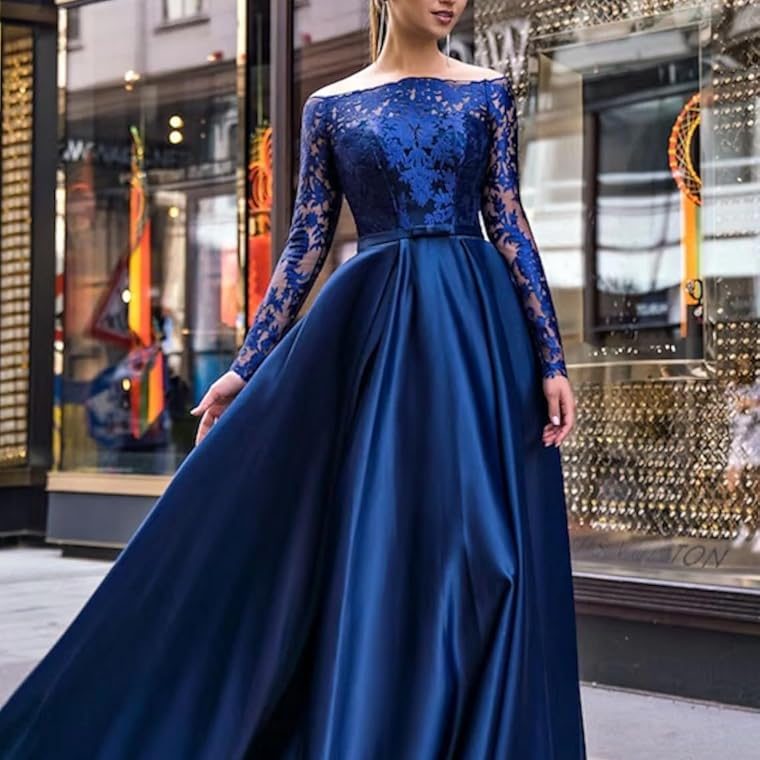
Color Choices for Formal Evening Wear
The color of your formal evening dress plays a vital role in your overall look. Selecting the right color can complement your skin tone, body type, and the event’s theme. Let’s explore classic colors and bold choices to inspire your wardrobe decisions.
Classic Colors and Their Significance
Classic colors never go out of style for formal wear. They exude elegance and timeless charm.
- Black: A black evening dress is a versatile and universally flattering choice. It embodies sophistication and can be styled in countless ways.
- White: White adds purity and grace, making it ideal for formal dinners and galas. Pair with metallic accessories for a refined look.
- Navy: Navy blue offers a subdued, elegant alternative to black. It’s a perfect choice for mature and classic fashion.
- Red: Red is bold yet traditional, symbolizing confidence. It’s a great pick for making a statement.
- Pastels: Shades like blush pink, lavender, and baby blue exude soft femininity and are often favored for semi-formal settings.
Experimenting with Bold and Unique Colors
If you want to stand out, experiment with non-traditional colors. These choices can show off creativity and confidence.
- Emerald Green: This rich tone radiates luxury and is ideal for evening galas.
- Gold or Silver: Metallic tones create a dazzling, glamorous look. Use minimal accessories to balance the shine.
- Royal Blue: This strikingly vivid shade emphasizes elegance. It works well with silver jewelry.
- Bright Jewel Tones: Colors like ruby, sapphire, or amethyst provide vibrant alternatives to traditional palettes.
- Unique Prints or Ombre: Dresses featuring intricate patterns or gradient shading add a modern twist to formal fashion.
Choosing the perfect color depends on your personal style and the event. Whether you stick to classics or embrace bold hues, pick a color that enhances your confidence and comfort.
Seasonal Trends in Evening Dresses
Seasonal trends influence your choice of formal evening dresses. Let’s explore styling options for different seasons.
Styles for Winter and Fall Events
Winter and fall call for warm fabrics and darker, rich tones. Dress smartly for chilly formal events.
- Velvet and Heavy Satin: These fabrics keep you comfortable and add a luxurious feel.
- Dark Colors: Burgundy, navy, emerald, and black suit the colder seasons perfectly.
- Long Sleeves: Sleeved dresses provide warmth and elegance for winter parties.
- Layered Designs: Layered skirts or dresses offer texture and style for fall occasions.
- Statement Coats: Pair with a chic coat or wrap to stay cozy and fashionable.
Dresses Perfect for Spring and Summer
Spring and summer demand light, breathable fabrics and brighter colors. Look for fresh designs to embrace the warmth.
- Chiffon and Organza: Flowing, lightweight fabrics ensure comfort and romance under the sun.
- Pastels and Florals: Baby blue, blush pink, and floral prints reflect vibrant spring aesthetics.
- Sleeveless or Strapless Dresses: These styles are airy and ideal for warmer weather.
- Bright Jewel Tones: Sapphire and coral shades radiate energy for summer events.
- Shorter Hemlines: Shorter dresses work well for semi-formal outdoor gatherings in summer.
Seasonal dress trends help you look fabulous, blending fashion with seasonal comfort.
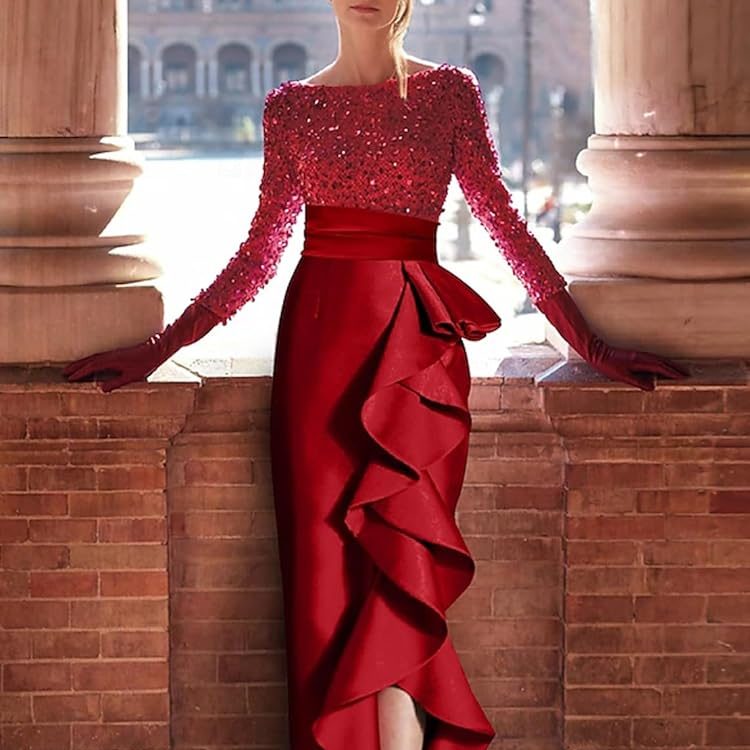
Caring for Your Formal Evening Dress
To keep your formal evening dress looking pristine, proper care is essential. Let’s explore the best practices for storing and cleaning your dress to maintain its elegance over time.
Storing Your Dress Properly
Storing your formal evening dress correctly prevents damage and preserves its beauty. Follow these tips for effective storage:
- Use a Garment Bag: Place your dress in a breathable garment bag to protect it from dust and dirt.
- Avoid Direct Sunlight: Store your dress in a cool, dry place away from sunlight to prevent fading.
- Hang or Fold Carefully: Hang lightweight dresses on padded hangers; fold heavier fabrics neatly to avoid stretching.
- Keep Away from Moisture: Moisture can cause mold or damage delicate fabrics, so store dresses in non-humid areas.
- Add Cedar or Lavender: Use cedar blocks or lavender sachets to repel insects and add a fresh scent.
Cleaning and Maintaining Fabric Quality
Regular cleaning ensures your dress stays flawless for the next event. Maintain fabric quality with these tips:
- Follow Fabric Guidelines: Check the care label for specific cleaning instructions based on the fabric type.
- Dry Clean if Necessary: Delicate fabrics like silk or velvet need professional dry cleaning to avoid damage.
- Spot Clean Stains Promptly: Treat small stains immediately using mild fabric-safe solutions to prevent permanent marks.
- Avoid Excessive Washing: Frequent washing may weaken the fabric; clean your dress only when necessary.
- Store Clean Dresses: Ensure your dress is clean before storing it to prevent odors or discoloration.
Proper storage and cleaning practices ensure your formal evening dress remains stunning and ready for future occasions.
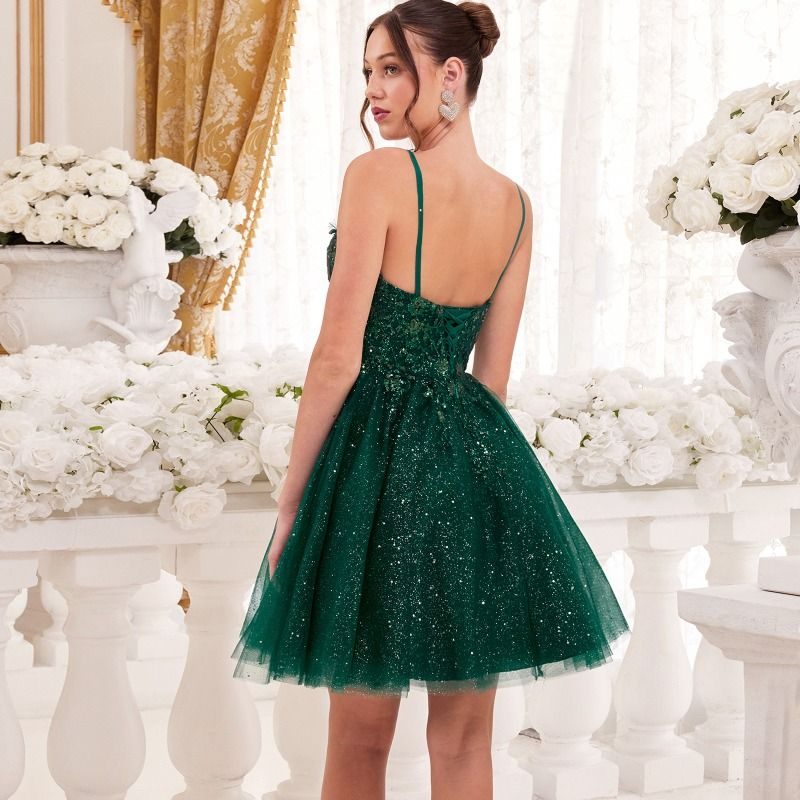
Budget-Friendly Options for Stunning Evening Dresses
Finding a stunning evening dress doesn’t have to break the bank. With a little creativity and smart shopping strategies, you can look elegant without overspending. Let’s explore how to shop wisely and decide between renting or buying.
Shopping Tips for Affordable Formal Wear
You can uncover beautiful dresses at affordable prices with the right approach. Here are tips for budget-friendly shopping:
- Shop During Sales: Look for seasonal sales, clearance events, and holiday discounts to save money on dresses.
- Explore Outlet Stores: Outlet stores often carry evening gowns at a fraction of the retail cost.
- Search Online Platforms: Browse trusted online shops for competitive prices and wide selections.
- Consider Pre-Owned Dresses: Gently used dresses can be found in excellent condition at thrift stores or resale websites.
- Avoid Designer Labels: Opt for non-designer brands to get similar styles without the hefty price tag.
- Choose Versatile Designs: Select a dress that can be styled differently for future occasions, maximizing value.
Renting Vs. Buying: Finding What Works for You
Deciding between renting and buying depends on your needs. Weigh the pros and cons for each option to make the best choice:
- Renting Pros:
- Budget-friendly for one-time events.
- Access to designer dresses at lower costs.
- No storage or maintenance worries after use.
- Renting Cons:
- Less flexibility for alterations.
- Limited time for usage.
- Risk of damages leading to additional charges.
- Buying Pros:
- Full ownership for multiple wears.
- Customizable for better fits and styling.
- Greater emotional value for memorable events.
- Buying Cons:
- Higher upfront cost.
- Storage and maintenance responsibilities.
- Risk of the dress becoming outdated over time.
- Choose Based on Event Frequency: Rent for rare occasions or if you like variety; buy for frequent use.
Balancing affordability with style makes formal evening dress shopping rewarding. Whether you rent or buy, prioritize your comfort, confidence, and budget.
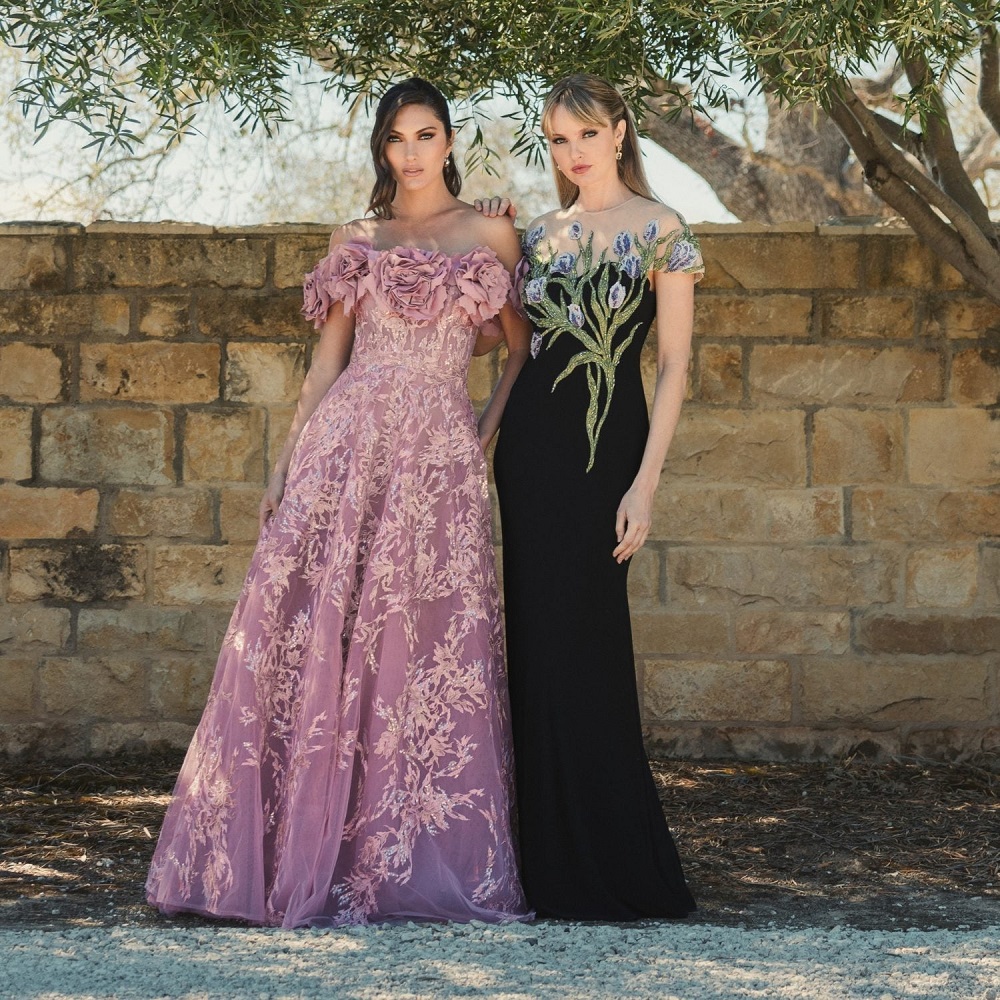
Common Mistakes to Avoid in Formal Styling
Styling for a formal evening dress requires careful thought. Small errors can undermine your entire look. By avoiding these common mistakes, you can ensure a polished and elegant appearance.
Overdoing Accessories or Makeup
An overabundance of accessories or heavy makeup can overwhelm your outfit. Here’s how to strike the right balance:
- Keep It Simple: Use minimal jewelry with already detailed dresses to avoid a cluttered look.
- Focus on One Statement Piece: Pair understated accessories with a bold necklace, earrings, or bracelet—not all three.
- Balance Bold Makeup: If you choose bold lipstick, keep the eye makeup subtle, and vice versa.
- Avoid Overlayering Accessories: Adding too many layers can make your look busy. Keep it clean and refined.
- Consider the Event Formality: Ensure your accessories and makeup match the dress code.
Proper coordination ensures that your dress, accessories, and makeup harmonize for a seamless style.
Choosing Dresses That Don’t Fit the Event Theme
Wearing a dress that clashes with the event’s theme can feel awkward. Avoid this mistake by considering the following:
- Understand the Dress Code: Read the invitation to determine the required level of formality.
- Check for Specific Themes: Identify if the event has color, seasonal, or cultural requirements for attire.
- Stay Versatile with Semi-Formal Events: For uncertain settings, opt for a classic, understated evening dress.
- Match the Venue: For ballroom events, pick long gowns. For outdoor parties, shorter, simpler dresses work best.
- Avoid Overdressing or Underdressing: Ensure your outfit complements other attendees’ formal attire.
These tips will help you blend in while standing out in style. Proper planning avoids dressing pitfalls and ensures you shine at any event.

